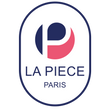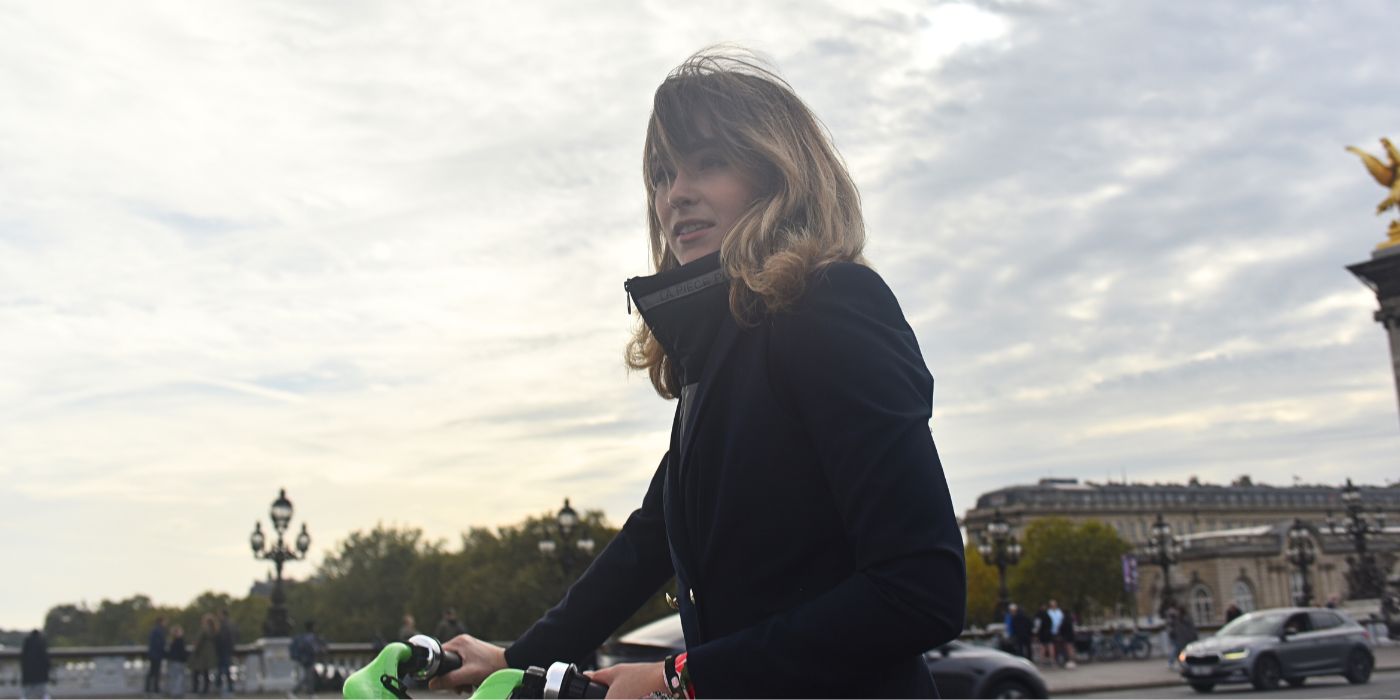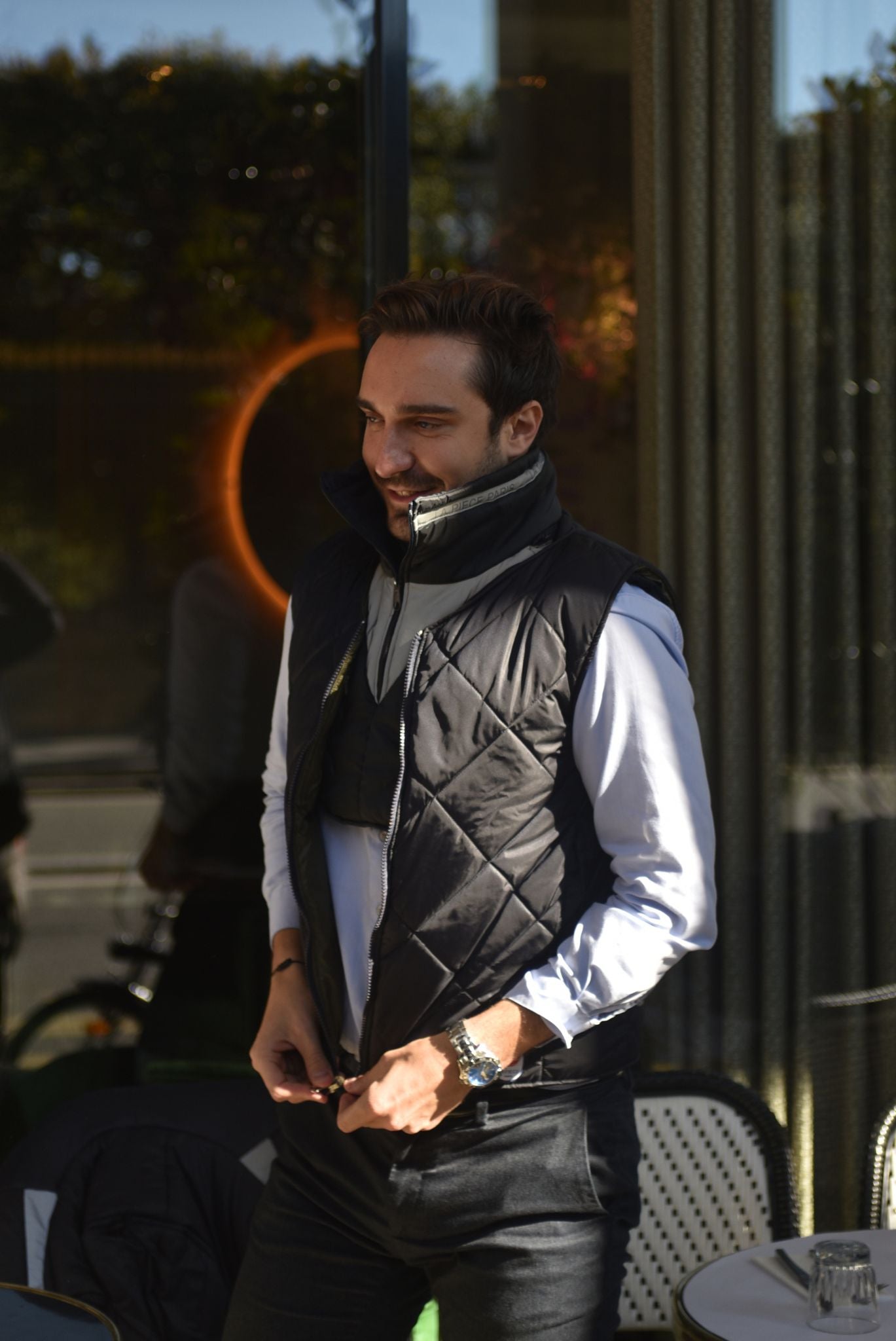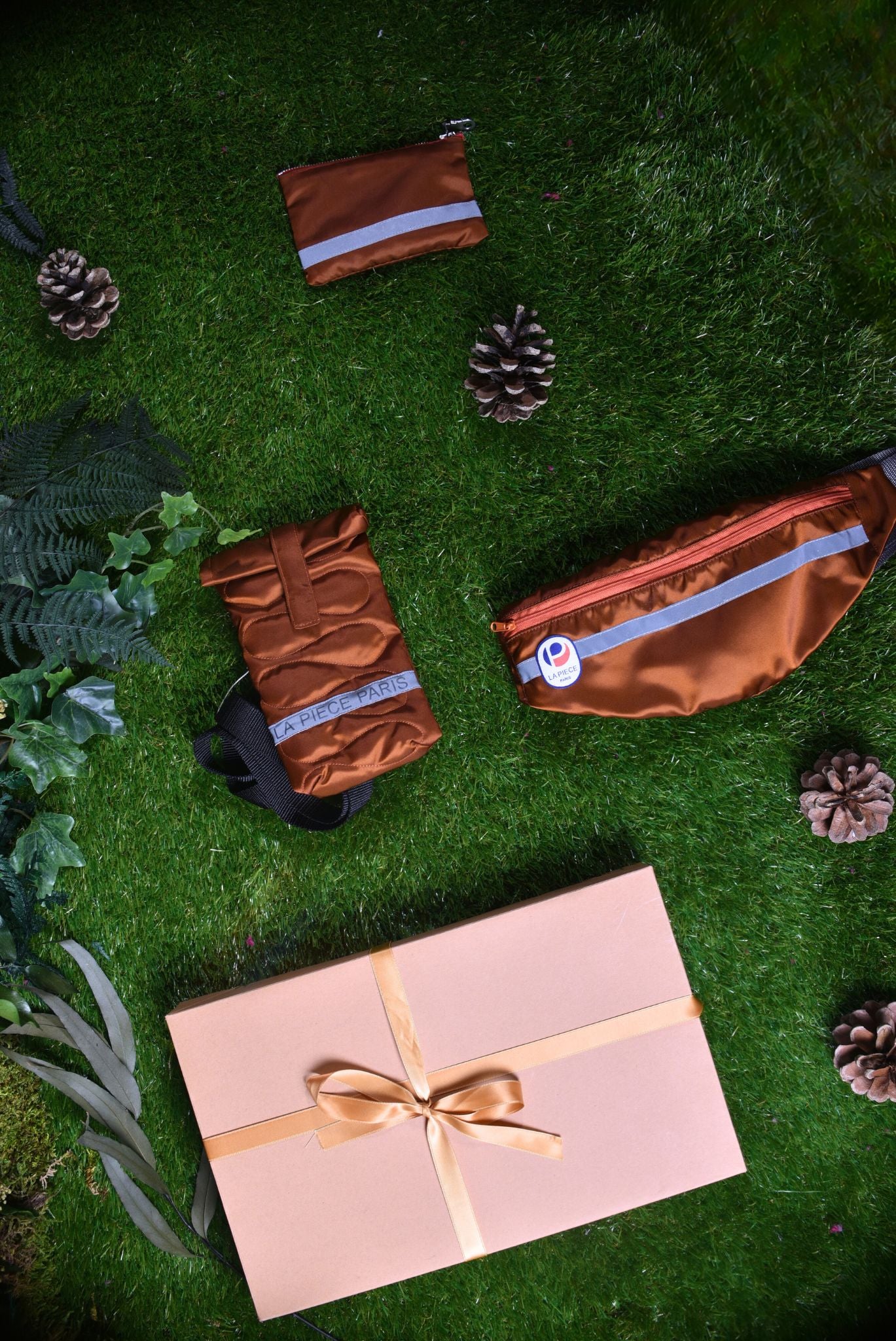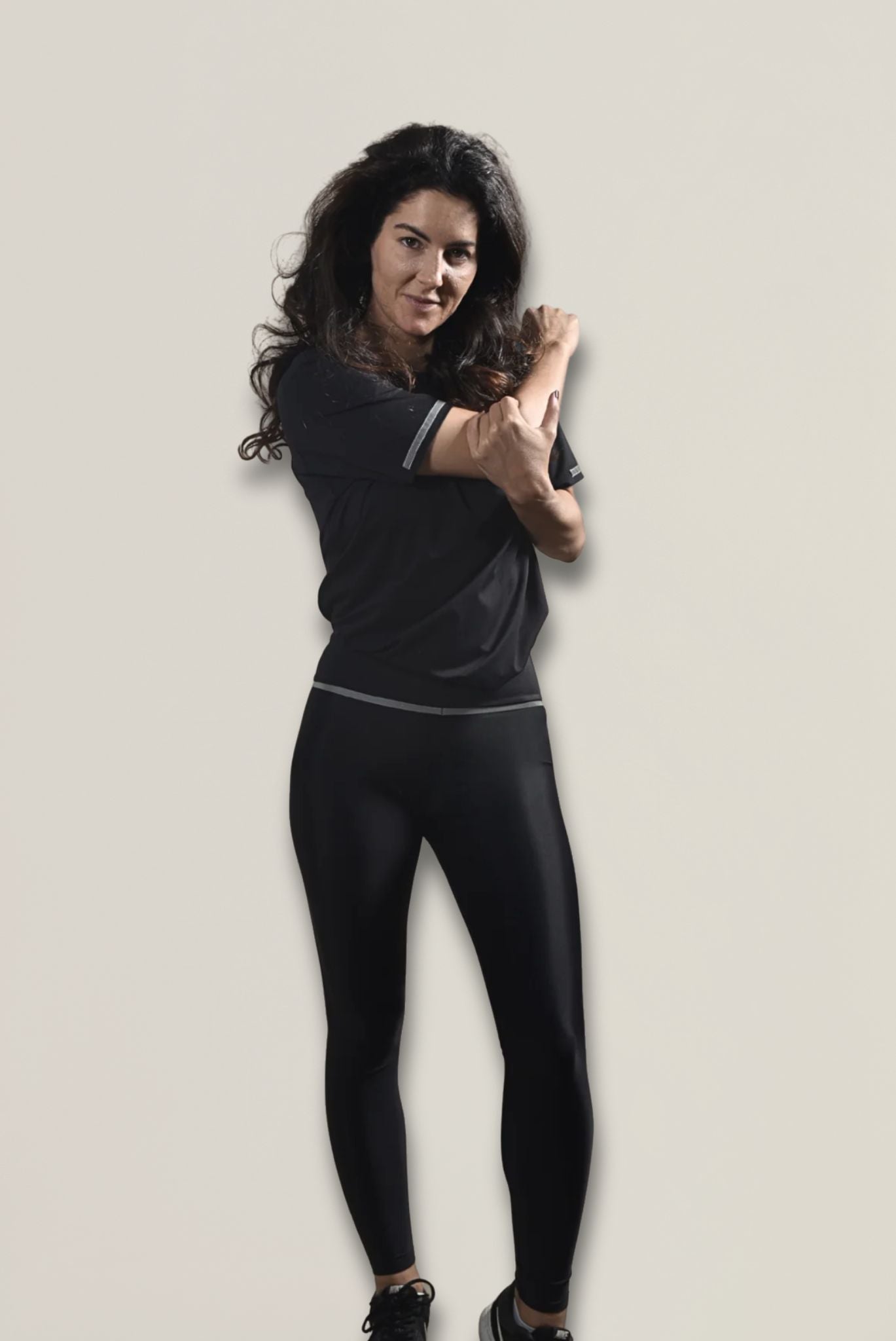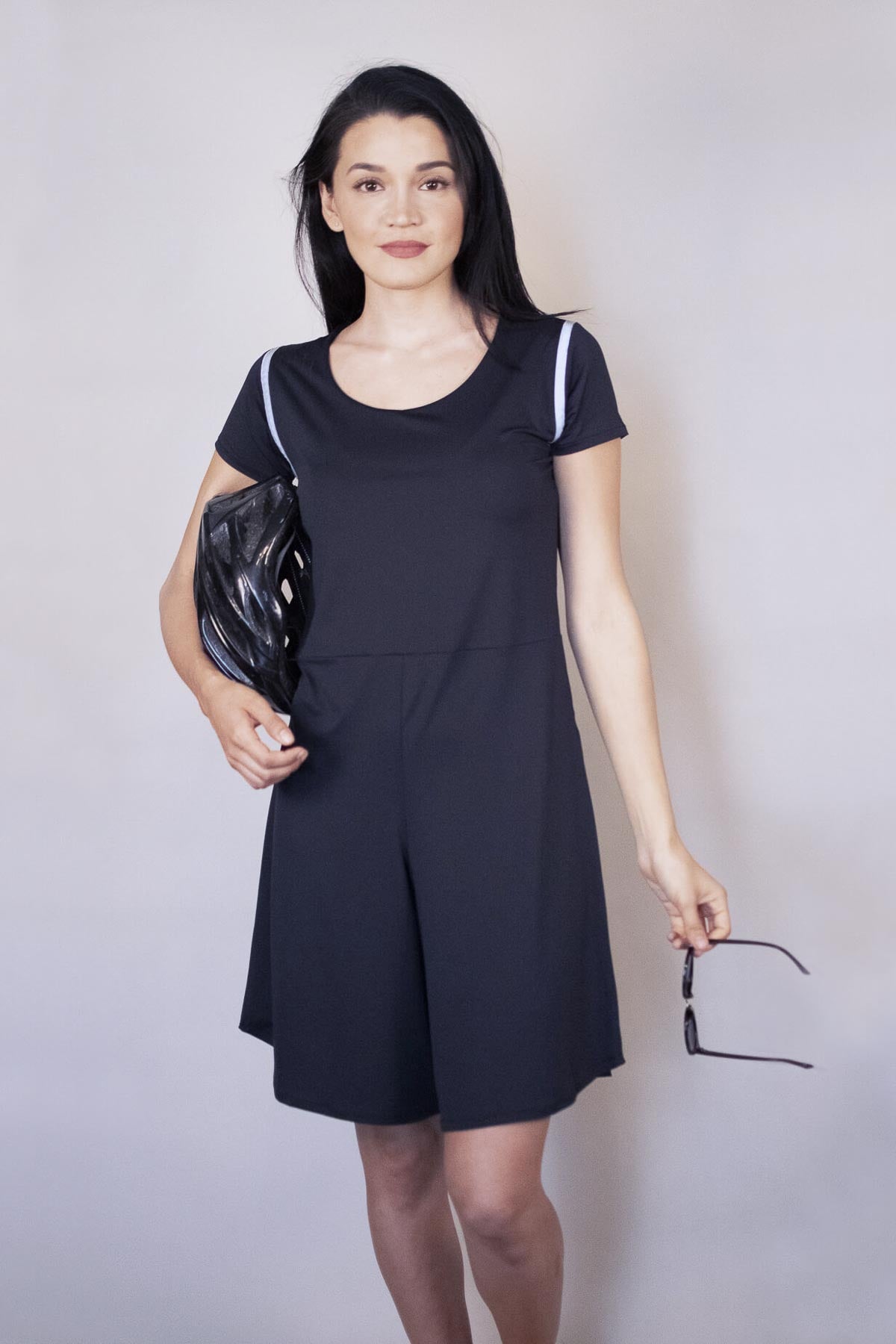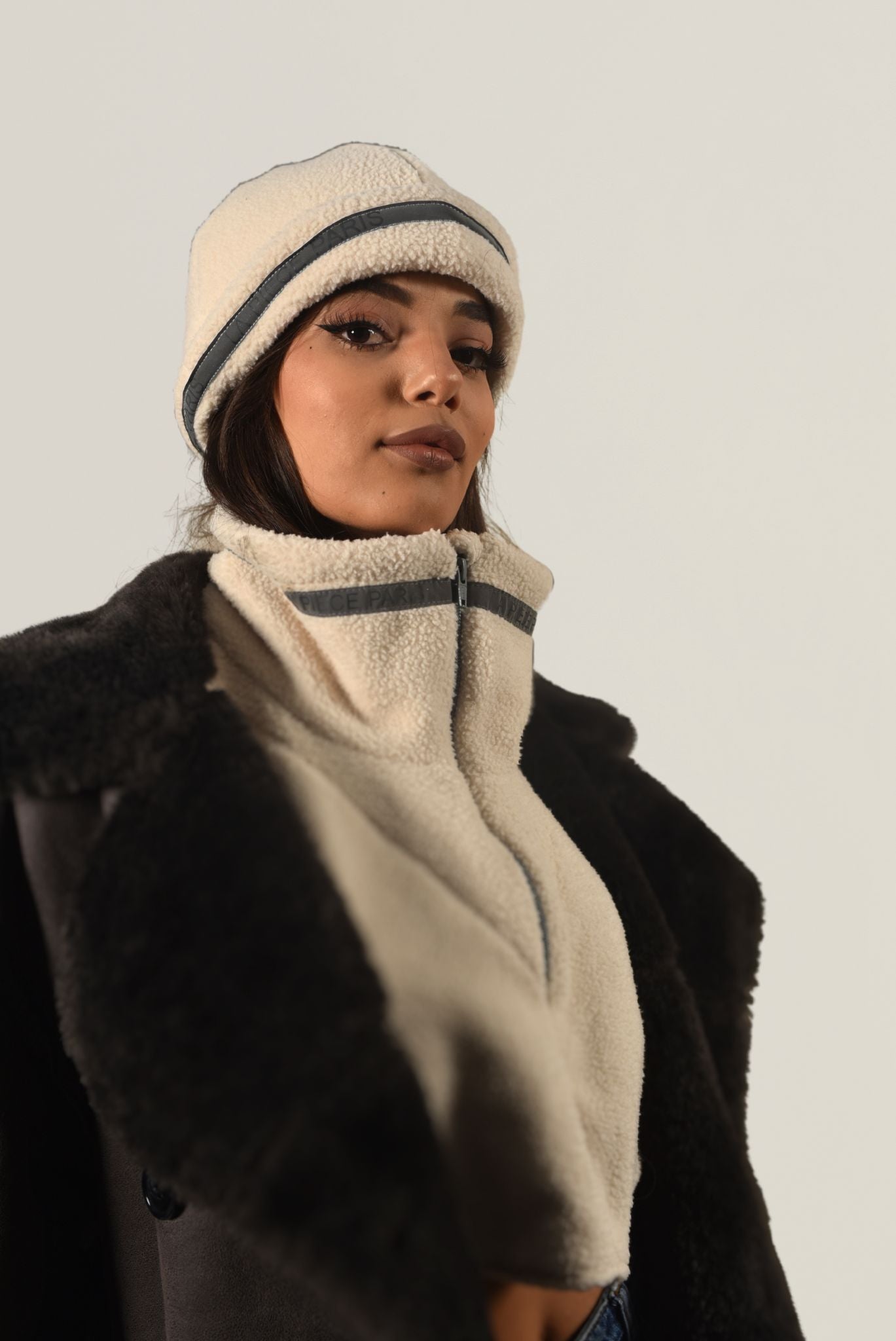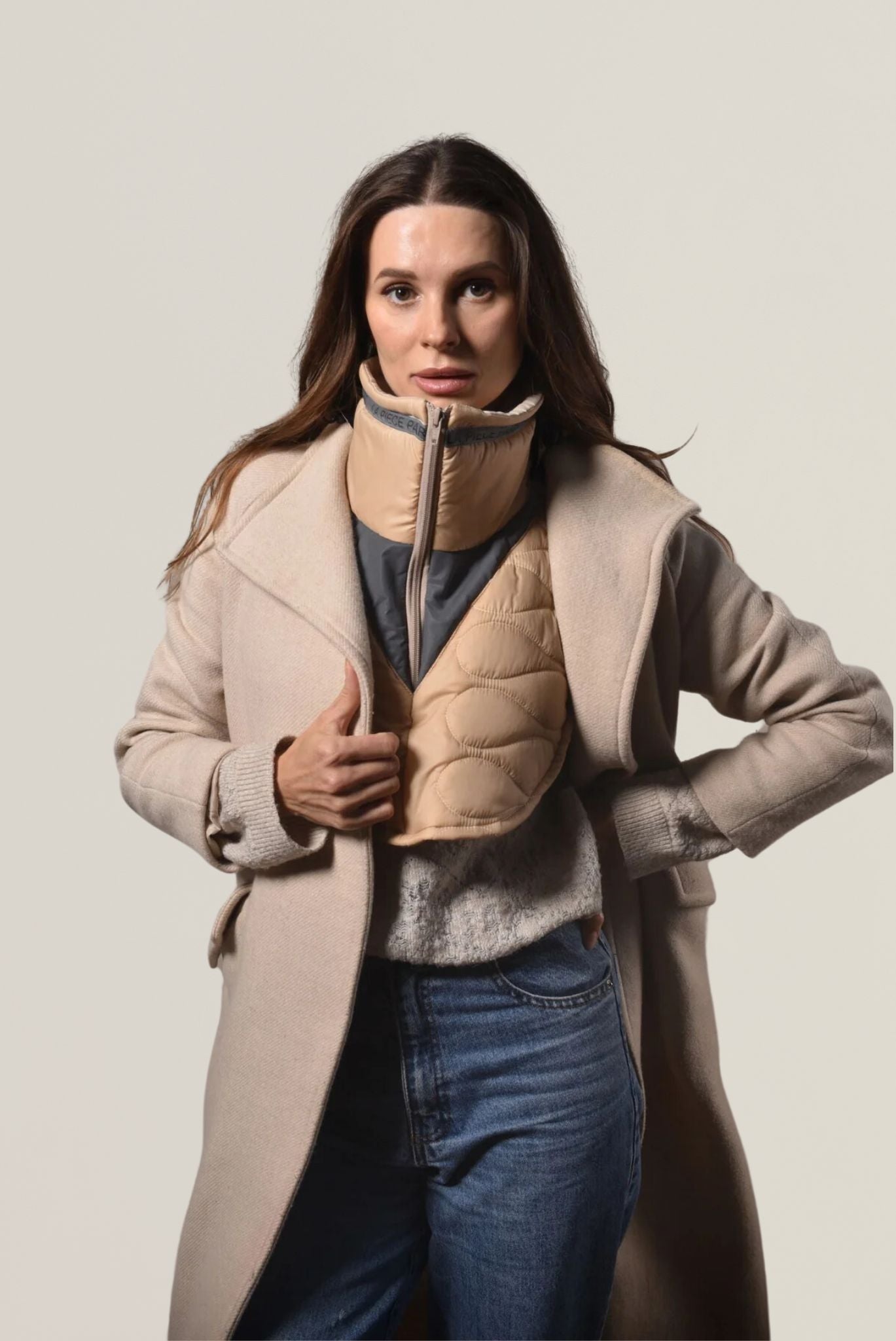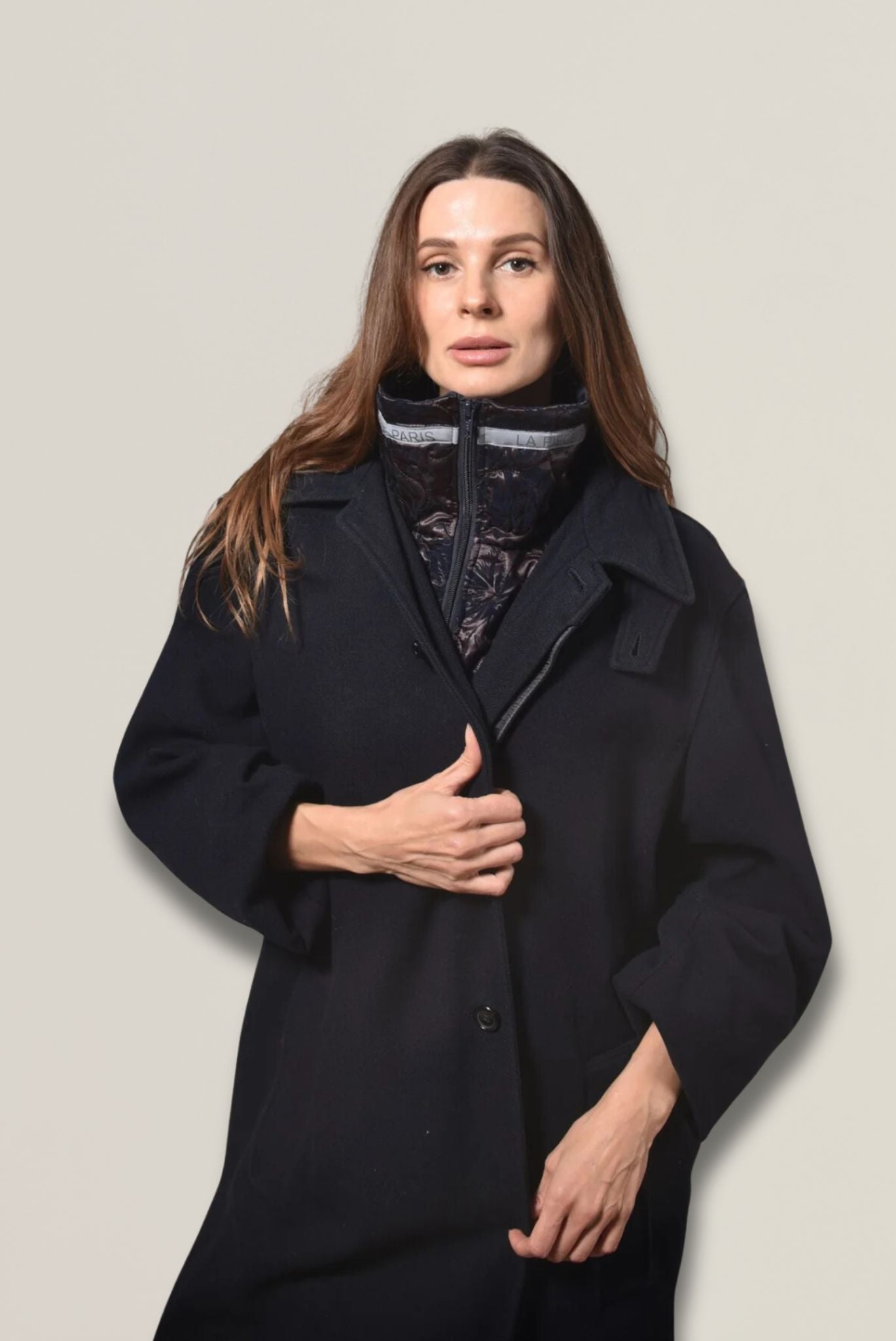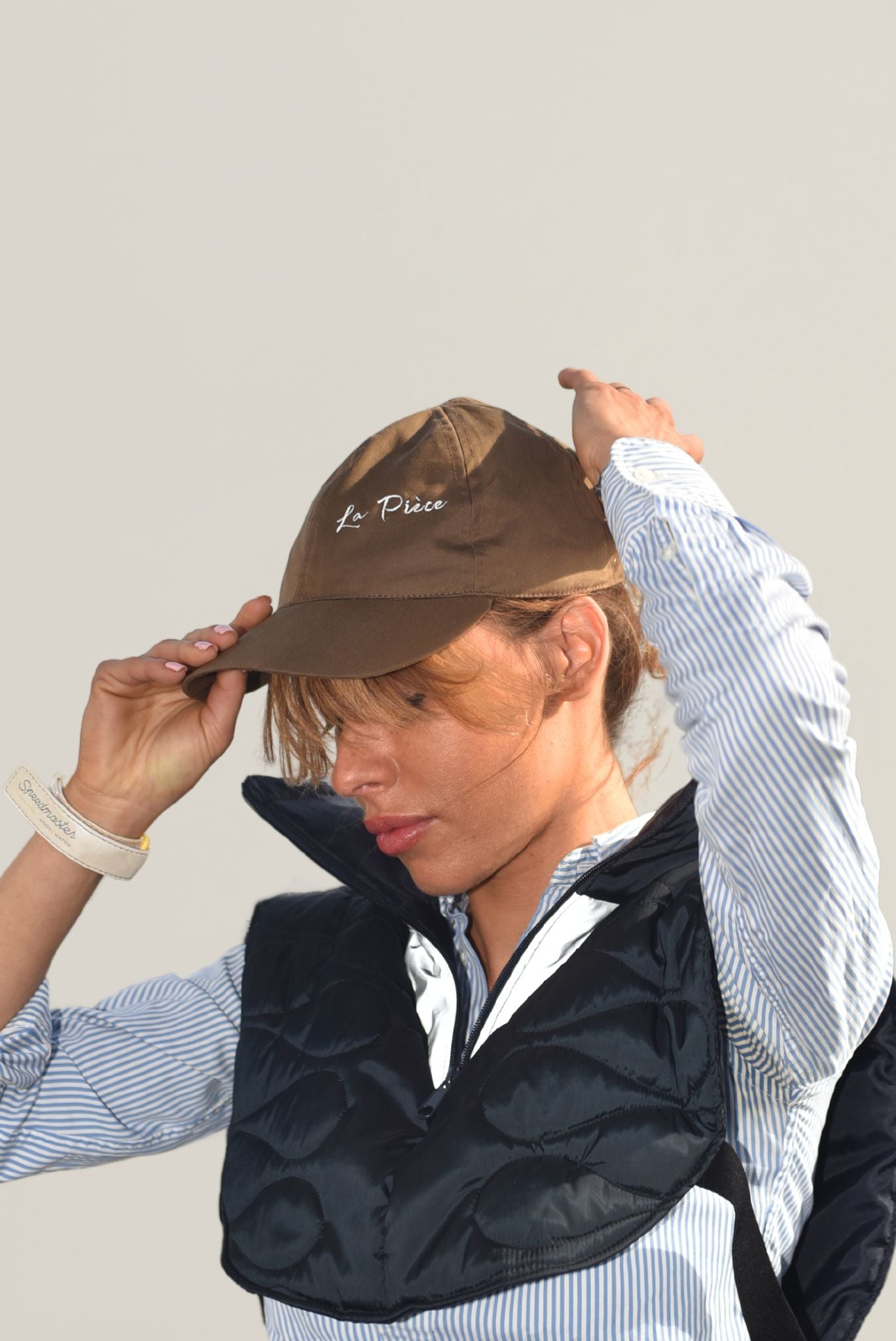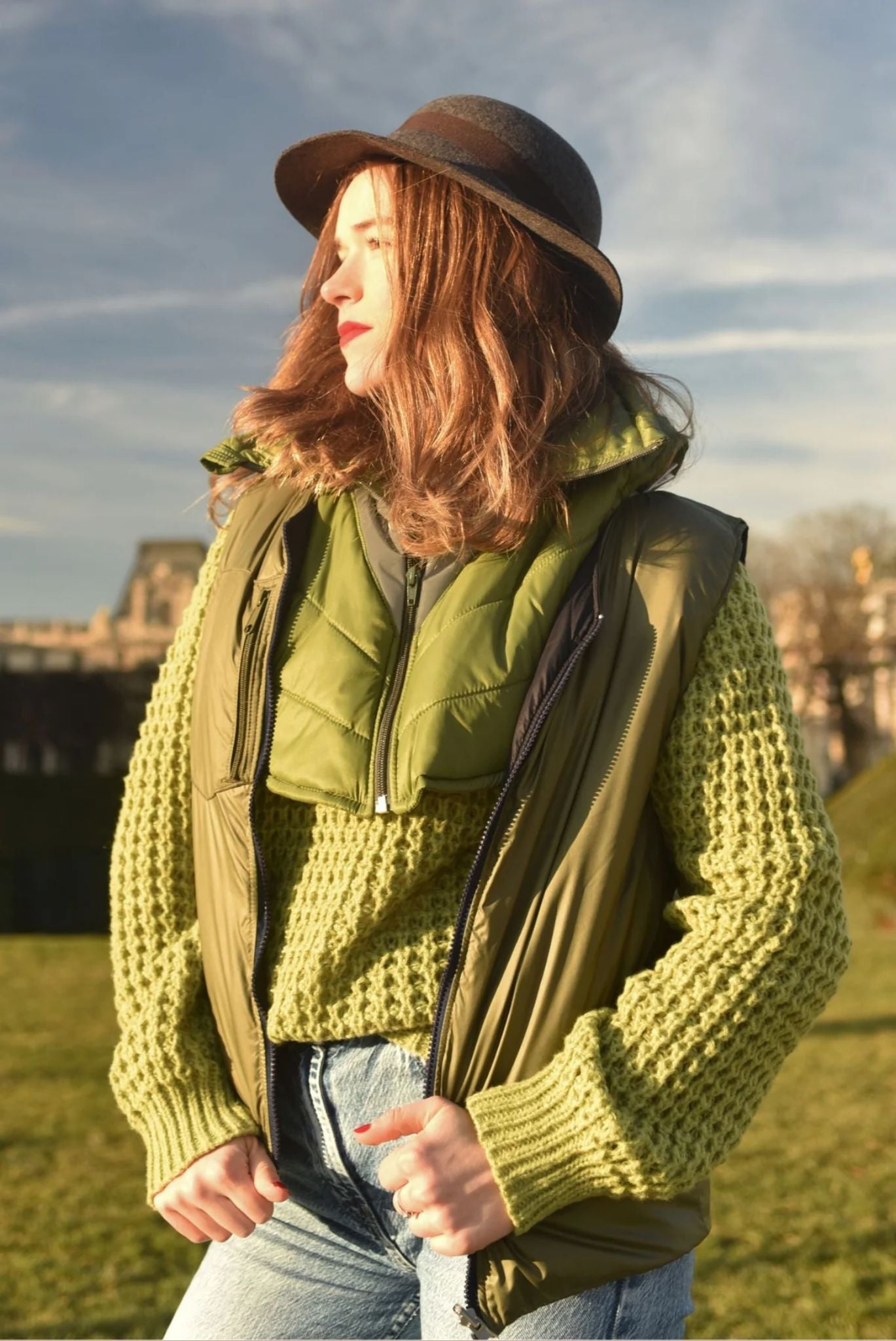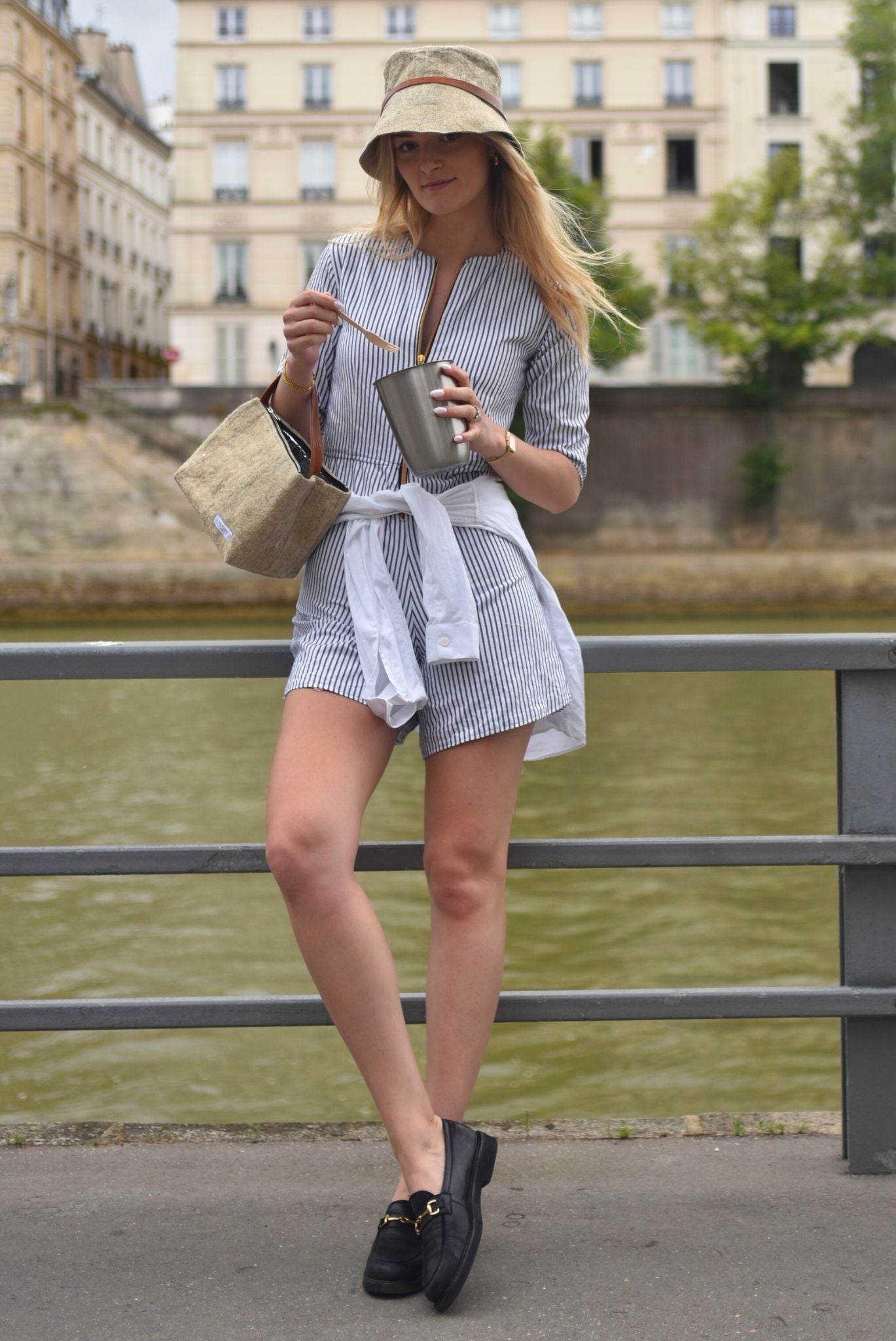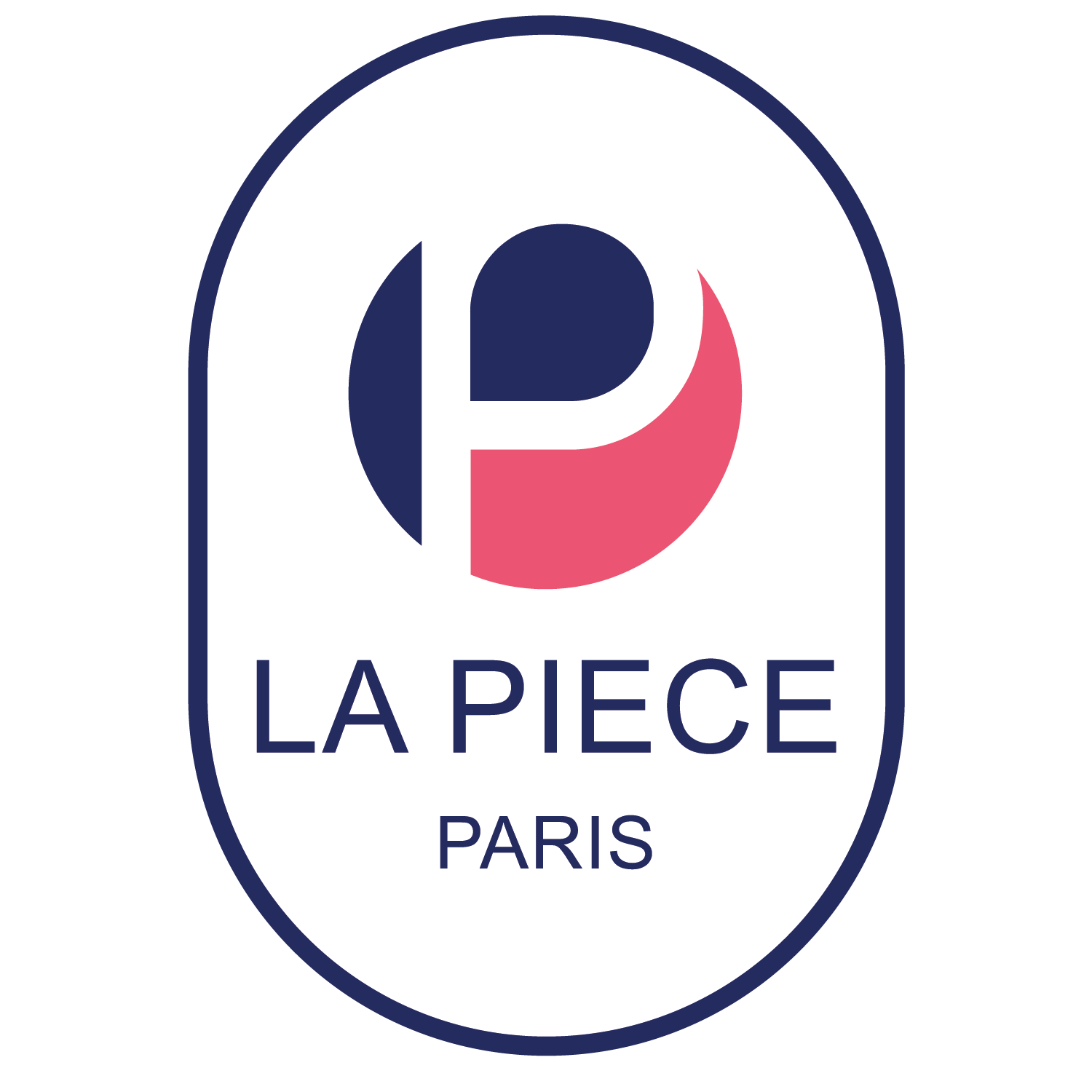Jacques Charlier, the artist who sews paintings

For the official opening of the ball of the most varied plumes selected by La Pièce, let us discover the artist Jacques Charlier. Born in Liège in 1939, Belgian, Jacques Charlier is a pioneer of conceptual art. He is a rather complex character belonging to the so-called "avant-garde" movement. Also nicknamed the "art pirate," he hates art. And above all, the art world. He denounces capitalism; he criticizes galleries; American artists, and all those who have entered a commercial logic... La Pièce Paris does not go as far in its critical approach, but I find that we have many points in common with pop art.
I discover Jacques Charlier as I was leaving the studio, very late, for an appointment at the pediatrician. Fighting with a trash can left in the middle of the very narrow sidewalk that prevented the "Tank" stroller from passing, I find myself face to face with a tutorial "how to repair your canvas yourself"? In a video from the Lara Vincy gallery, a woman is sewing a painting worth several thousand euros by Louis Fontana with her Singer machine, using zigzag stitches. The pediatrician will wait.
I enter the gallery. And indeed I discover, on one side, the paintings of Lucio Fontana and right next to them his sewn reproduction. The series is called "repaired paintings." I take out my phone, take a photo, and leave.

On the way, I call our friend and mentor Nicolas Smirnoff. He explains to me that in the history of contemporary art, Lucio Fontana is THE interplanetary reference of modern art. This guy still painted hundreds of canvases of a single color, took a cutter and hop, with a sudden, single stroke, right in the middle of the canvas, tears the canvas.
So, when Jacques Charlier decides to sew the painting back together, I understood the artist's audacity and his (Belgian) humor. I learn here that Jacques Charlier plays with other popular references from art history and offers a quirky reading of a great painting in art history. His critical and carefree flair nevertheless earned him censorship at the 2009 Venice Biennale.
Finally, when we think back to the artist and his connection with La Pièce, it may be the zigzag stitch to repair a work of art, but it is above all the use of sewing as a means to think, to rebel, and to invent. Sewing your own clothes is to distinguish yourself from the masses, to free yourself from the fashion market and mass consumption, and to wear with pride the result of your work. Don’t wait any longer to get started #lapieceparis.
